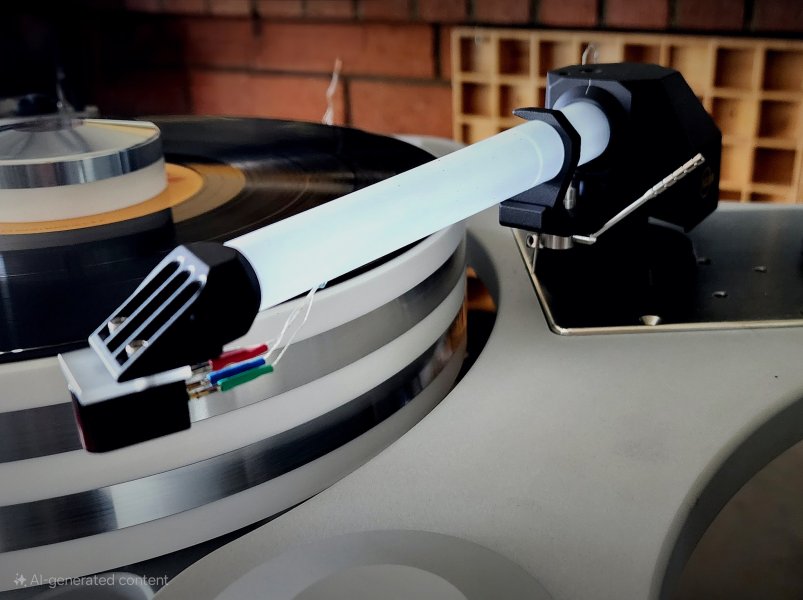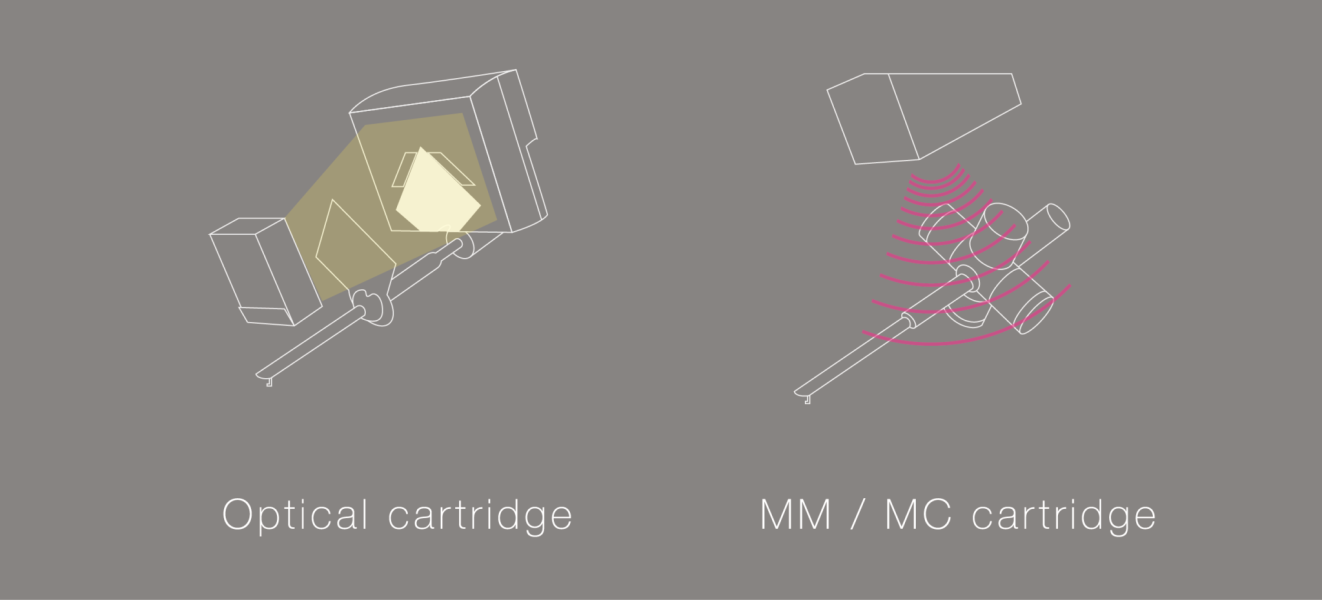Recent Highlights
The last few months have been an exciting time, filled with opportunities to experience some truly remarkable audio components and speakers. I wanted to share a few highlights that have stood out in our listening rooms recently.
Diptyque
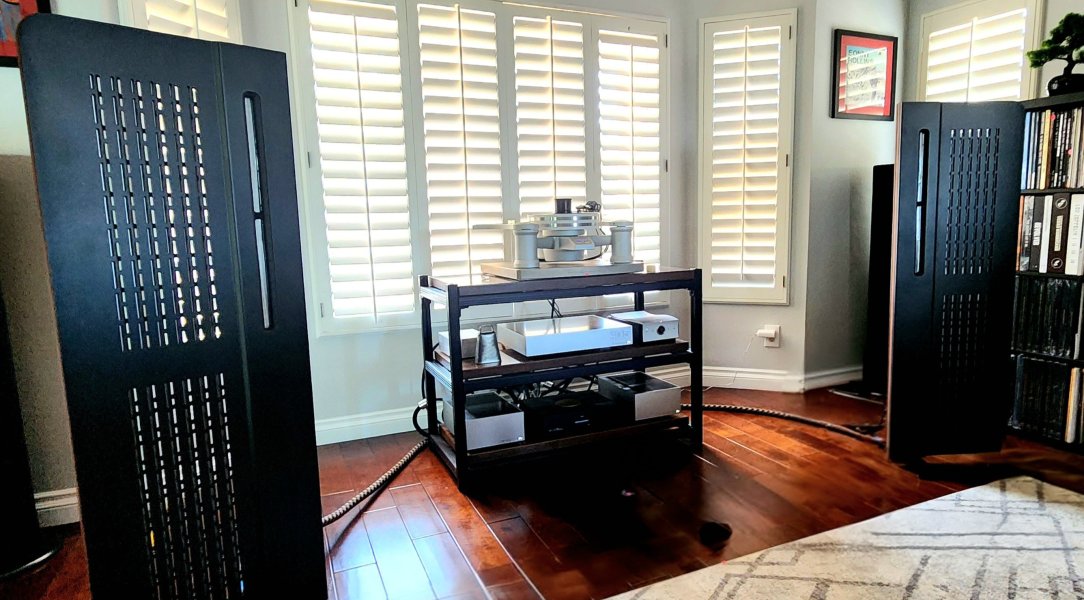 The arrival of the DP140 MKII speakers in Q4 2024 was a moment we’d been eagerly anticipating, and they’ve exceeded expectations. Paired with WestminsterLab electronics, the Grimm MU2 Streamer/DAC, and the Wave Kinetics NVS Turntable (featuring the Kuzma Safir9 tonearm and Etsuro-Urushi Bordeaux cartridge), this system has been nothing short of enchanting. It’s a setup that invites you to rediscover favorite recordings with fresh ears.
The arrival of the DP140 MKII speakers in Q4 2024 was a moment we’d been eagerly anticipating, and they’ve exceeded expectations. Paired with WestminsterLab electronics, the Grimm MU2 Streamer/DAC, and the Wave Kinetics NVS Turntable (featuring the Kuzma Safir9 tonearm and Etsuro-Urushi Bordeaux cartridge), this system has been nothing short of enchanting. It’s a setup that invites you to rediscover favorite recordings with fresh ears.
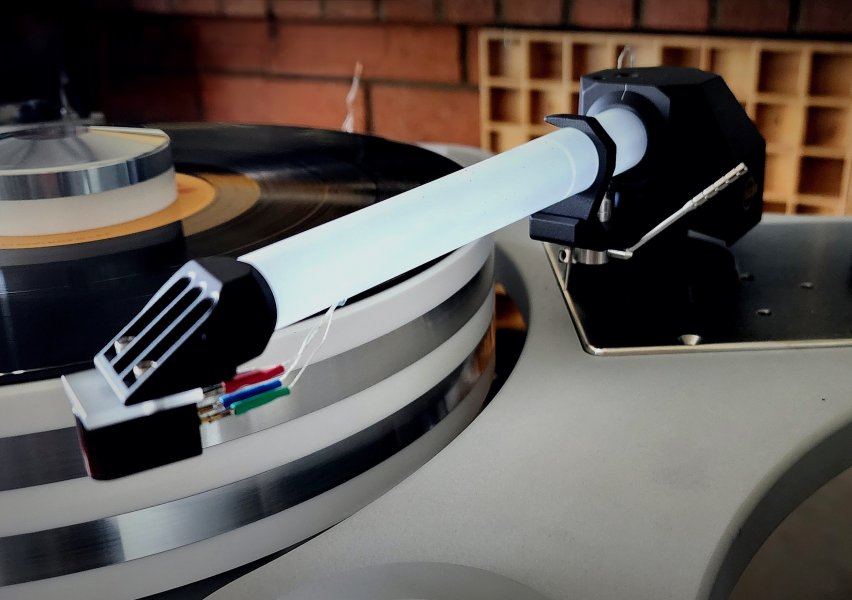
Grimm Audio
We’ve also had the pleasure of hosting a pair of LS1be speakers, which might have been the only demo pair currently available on the West Coast. The LS1be audio system only needs an analog or digital line source to perform.
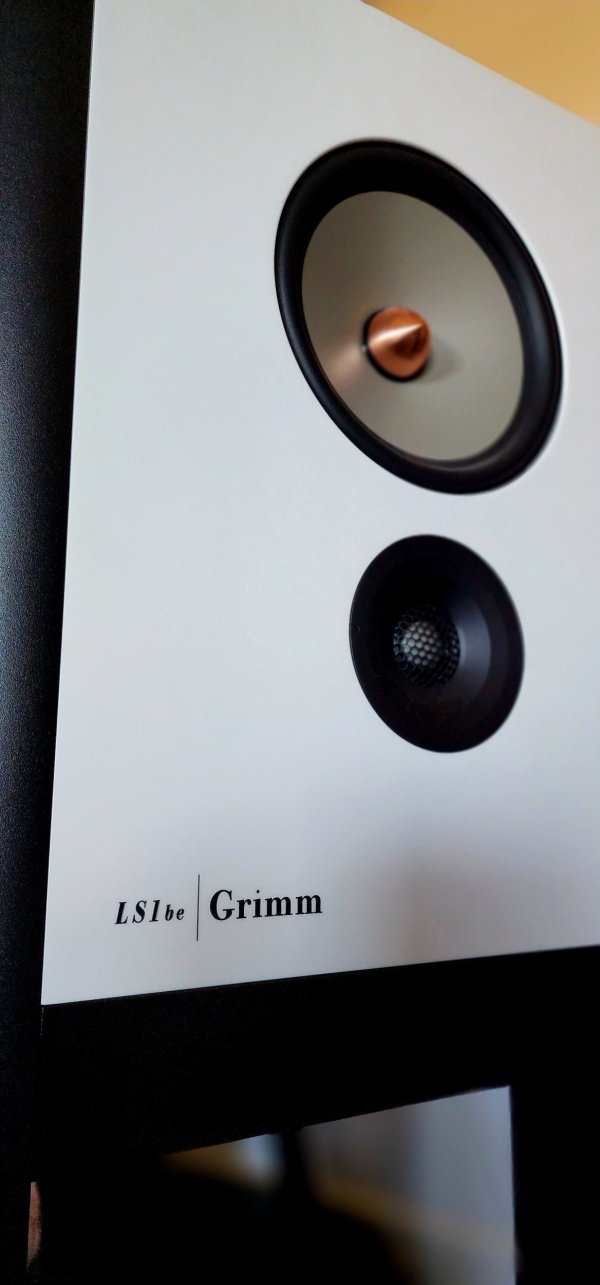
Partnered with the Grimm MU1 digital music source and another Wave Kinetics NVS Turntable—this time paired with a Durand Tosca LE tonearm and DS Audio Master 3 Optical Cartridge—it’s been an inspiring experience. The clarity and cohesiveness of this system are truly something to behold.
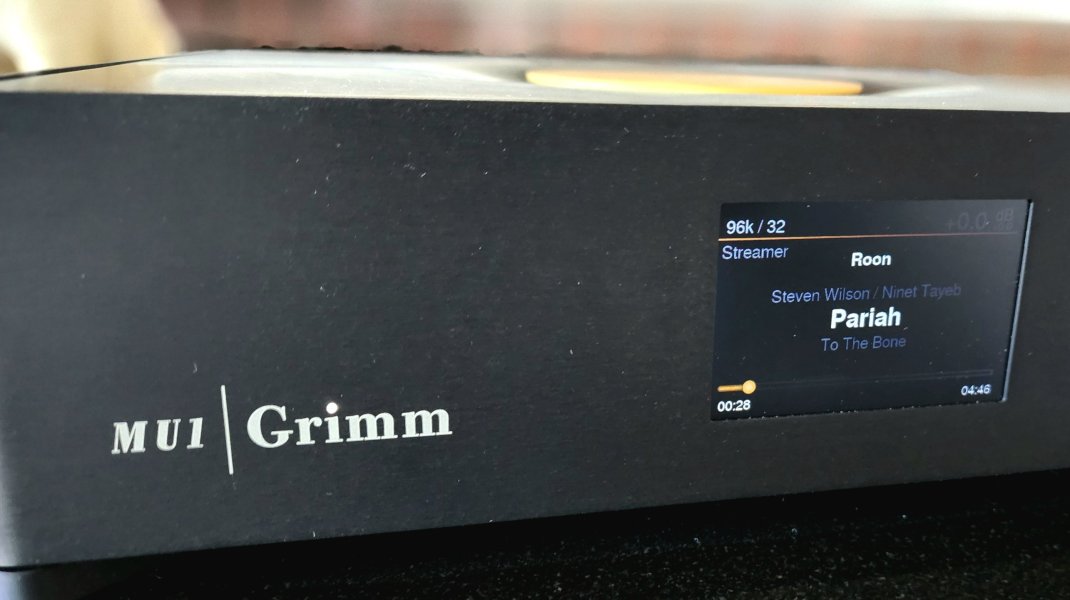
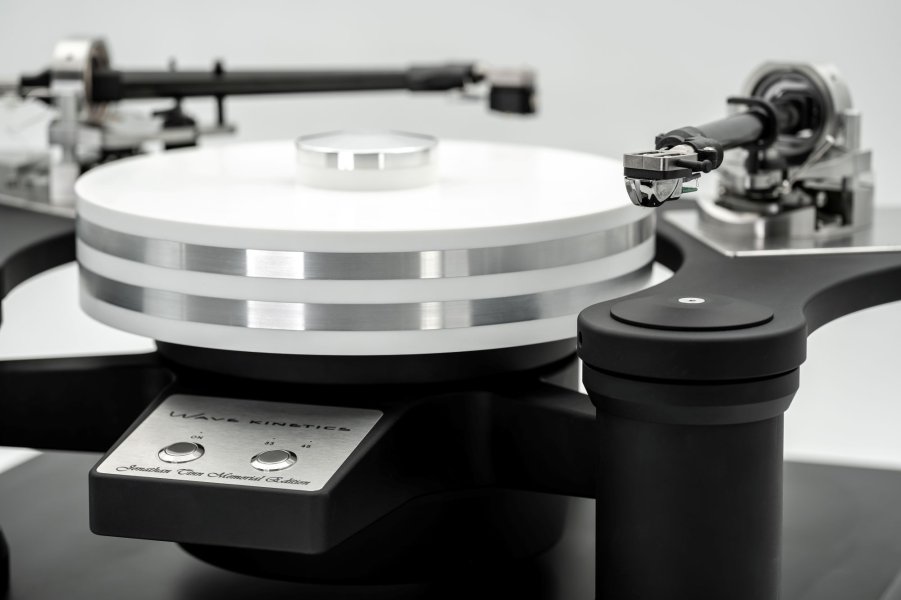
Evolution Acoustics
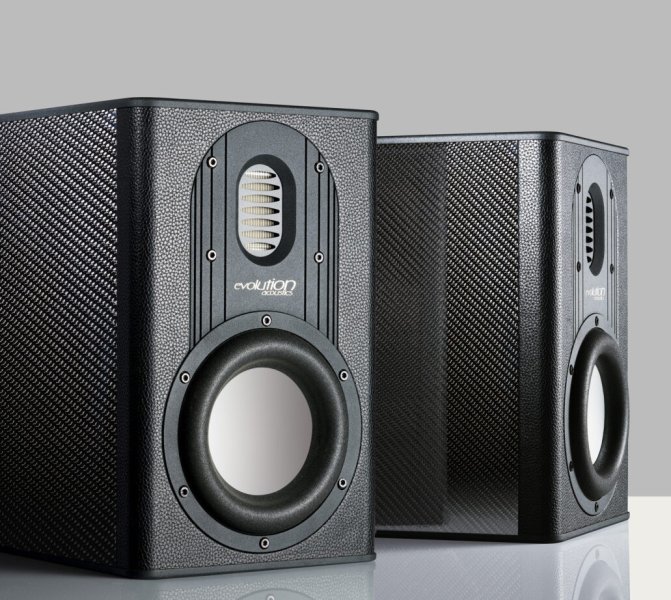
We now have a pair of the Evolution Acoustics Model One speakers here for demo, and they’ve been nothing short of spectacular. Retailing at $3,780 per pair, they’ve been turning heads for their ability to compete with speakers three to five times their price. Their performance, clarity, and sheer musicality make them an exceptional value, and it’s been exciting to hear what they can do in different setups. If you’re curious, this is definitely a pair worth experiencing firsthand.
Exploring these systems has been a rewarding process, and sharing this journey with others who are passionate about high-performance audio is always a highlight. If you’re curious about any of these setups or would like to discuss how they might fit into your own system, feel free to reach out—I’d love to connect and share the experience!
The last few months have been an exciting time, filled with opportunities to experience some truly remarkable audio components and speakers. I wanted to share a few highlights that have stood out in our listening rooms recently.
Diptyque
 The arrival of the DP140 MKII speakers in Q4 2024 was a moment we’d been eagerly anticipating, and they’ve exceeded expectations. Paired with WestminsterLab electronics, the Grimm MU2 Streamer/DAC, and the Wave Kinetics NVS Turntable (featuring the Kuzma Safir9 tonearm and Etsuro-Urushi Bordeaux cartridge), this system has been nothing short of enchanting. It’s a setup that invites you to rediscover favorite recordings with fresh ears.
The arrival of the DP140 MKII speakers in Q4 2024 was a moment we’d been eagerly anticipating, and they’ve exceeded expectations. Paired with WestminsterLab electronics, the Grimm MU2 Streamer/DAC, and the Wave Kinetics NVS Turntable (featuring the Kuzma Safir9 tonearm and Etsuro-Urushi Bordeaux cartridge), this system has been nothing short of enchanting. It’s a setup that invites you to rediscover favorite recordings with fresh ears.
Grimm Audio
We’ve also had the pleasure of hosting a pair of LS1be speakers, which might have been the only demo pair currently available on the West Coast. The LS1be audio system only needs an analog or digital line source to perform.

Partnered with the Grimm MU1 digital music source and another Wave Kinetics NVS Turntable—this time paired with a Durand Tosca LE tonearm and DS Audio Master 3 Optical Cartridge—it’s been an inspiring experience. The clarity and cohesiveness of this system are truly something to behold.


Evolution Acoustics

We now have a pair of the Evolution Acoustics Model One speakers here for demo, and they’ve been nothing short of spectacular. Retailing at $3,780 per pair, they’ve been turning heads for their ability to compete with speakers three to five times their price. Their performance, clarity, and sheer musicality make them an exceptional value, and it’s been exciting to hear what they can do in different setups. If you’re curious, this is definitely a pair worth experiencing firsthand.
Exploring these systems has been a rewarding process, and sharing this journey with others who are passionate about high-performance audio is always a highlight. If you’re curious about any of these setups or would like to discuss how they might fit into your own system, feel free to reach out—I’d love to connect and share the experience!







